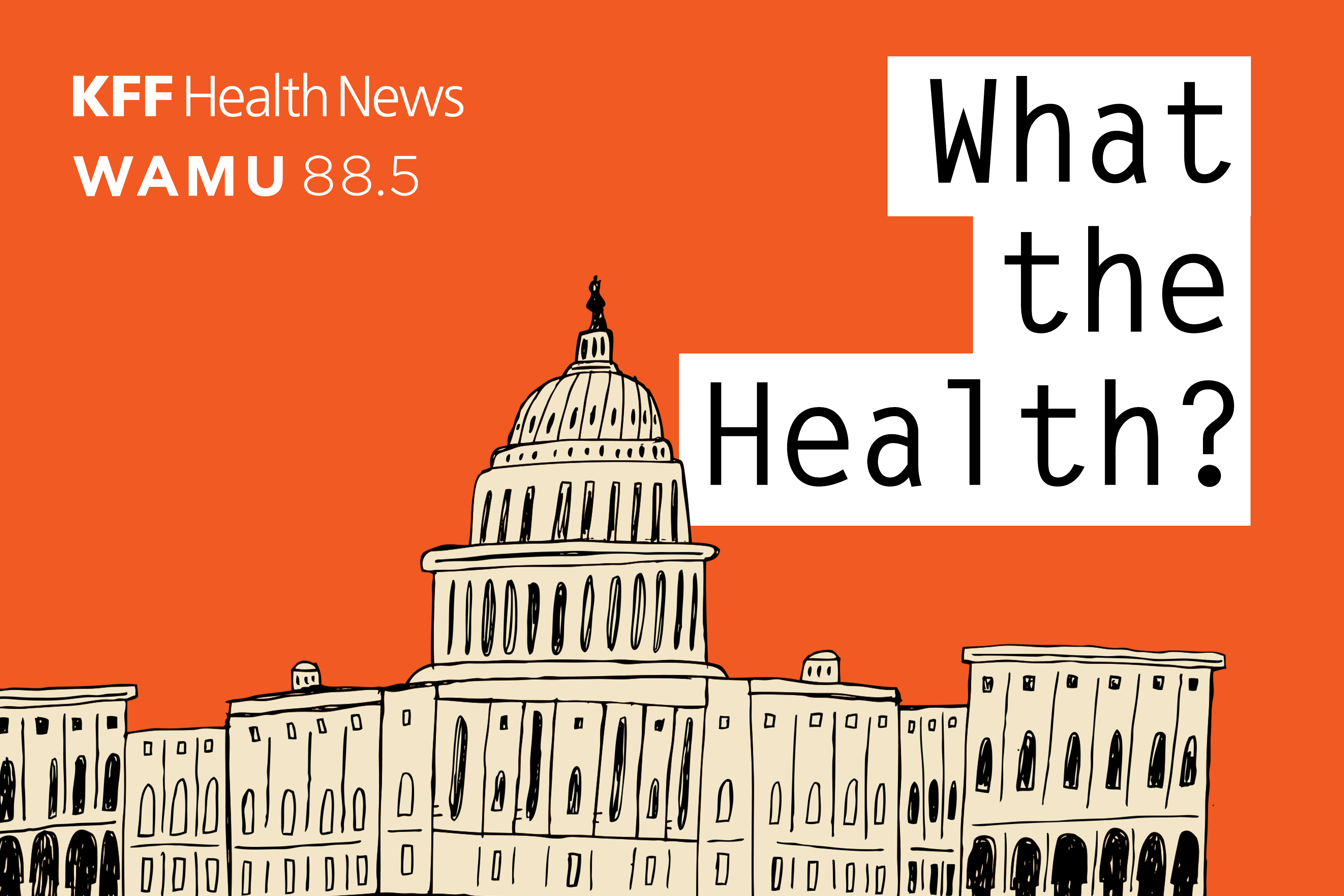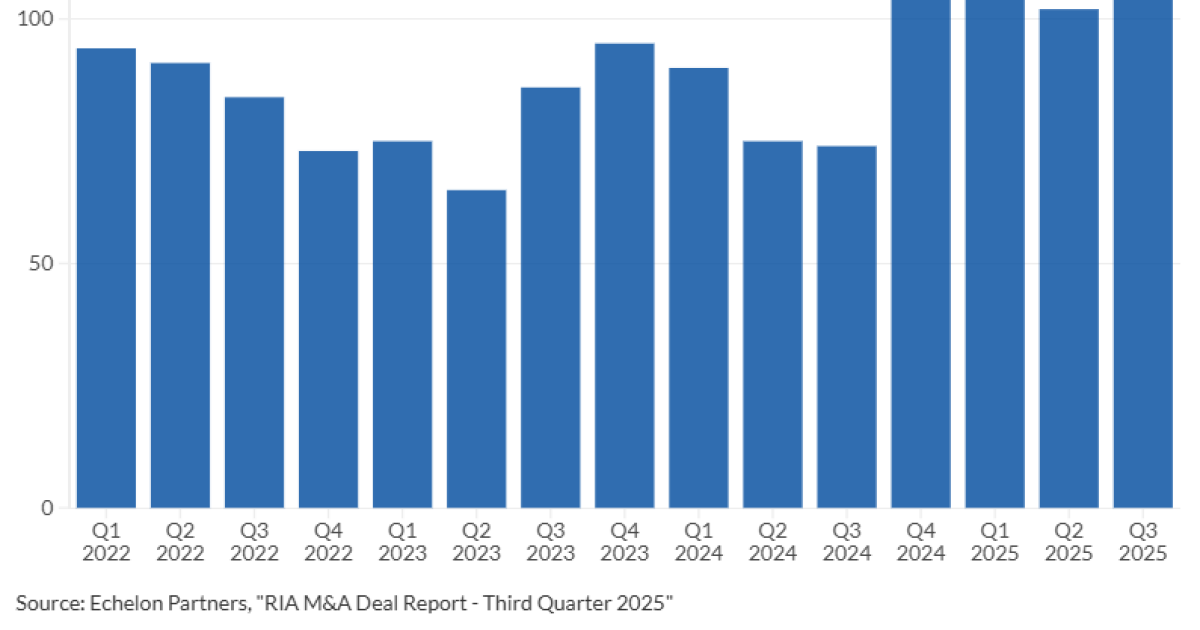The Affordable Care Act (ACA) has faced numerous legal challenges, but has been upheld three times by the Supreme Court and the ACA’s preventive care mandate was separately upheld by the Supreme Court. And while there have also been legislative efforts to repeal or replace the ACA, they have not been successful. Over the years, the headlines surrounding the possibility of the ACA (aka Obamacare) being overturned have often focused on people with pre-existing conditions who buy their own health insurance. (This is certainly a valid concern, as those individuals would undoubtedly be worse off without the ACA.)
But the impact of the ACA goes well beyond securing access to health coverage for people with pre-existing conditions. Who are these Americans whose lives are better off – thanks to the ACA? See if you can find yourself – or your loved ones – in this list:
In 2025, nearly 22 million Americans (93% of all Marketplace/exchange enrollees) are receiving premium subsidies, making their coverage affordable. The average full-price premium is about $619/month in 2025, but the average subsidy amount (about $550/month) covers the majority of the average premium. (Note that if Congress doesn’t extend the subsidy enhancements that are scheduled to expire at the end of 2025, fewer people will be subsidy-eligible in 2026, and subsidies will be smaller than they would otherwise be.)
More than 12.5 million people who are receiving cost-sharing reductions that make medical care more affordable and accessible.
People who are (or want to be) self-employed and wouldn’t have been able to qualify for and/or afford a privately purchased health insurance plan without the ACA’s guaranteed-issue provisions and premium subsidies.
People with pre-existing conditions who gain access to an employer-sponsored plan after being uninsured for more than 63 days. HIPAA guaranteed that people in this situation (meaning they didn’t have continuous prior coverage) could enroll in the employer-sponsored plan, but HIPAA allowed the plans to impose waiting periods for pre-existing conditions. The ACA eliminated those waiting periods.
People who lose access to employer-sponsored coverage and no longer have to rely on COBRA (or mini-COBRA/state continuation) for health coverage. COBRA is still an option, but the ACA’s consumer protections in the individual market ensured that self-purchased coverage is also an option. Depending on income, the ACA’s expansion of Medicaid is also an option in most states.
People who gain access to an employer-sponsored health plan and have a waiting period of no more than 90 days before their coverage takes effect. Pre-ACA, employers could determine their own waiting periods, which were sometimes longer than three months.
Full-time (30+ hours/week) workers at large businesses who are offered health insurance with unlimited annual benefits instead of “mini-med” plans, thanks to the ACA’s employer mandate. (Employers can choose not to comply, but they face a penalty in that case.)
People with serious conditions often exhausted their coverage under pre-ACA plan because of annual or lifetime benefits caps.
People with serious medical conditions who would otherwise have exhausted their coverage in the private market, including employer-sponsored plans. Pre-ACA, annual and lifetime benefit caps were used by the majority of private health insurance policies, with benefit caps that were often in the range of $1 million to $5 million. And it could be shockingly easy to hit those maximums if you had a premature baby or a serious medical condition.
Coal miners with black lung disease, and their survivors. The ACA made benefits under the Black Lung Benefits Act of 1972 available to more people.
Medicare beneficiaries who use Part D prescription drug coverage and who would have ended up in the so-called Part D donut hole. The ACA closed the donut hole as of 2019, and the Inflation Reduction Act eliminated it altogether as of 2025.
Medicare beneficiaries who receive free preventive care.
American taxpayers and Medicare beneficiaries who benefit from ACA cost controls that have extended the solvency of the Medicare Hospital Insurance trust fund and improved Medicare’s long-term financial outlook.
Lower-income seniors who are able to remain in their homes as they age, thanks to the ACA’s expansion of Medicaid funding for in-home long-term care services and supports.
Nursing home residents – and people with loved ones living in nursing homes – who benefit from an effort to implement federal funding for background checks on employees who interact with patients.
The 12 million low-income Americans who are elderly and/or disabled, covered simultaneously by both Medicare and Medicaid, and who benefit from the improvements the ACA made for the dual-eligible population.
College students who are no longer offered health plans with low annual and lifetime benefit caps.
Women (and their partners) who have access to contraception at no cost – including birth control methods such as IUDs (intrauterine devices), implants, and tubal ligations that are highly effective but would have prohibitively high out-of-pocket costs if they weren’t covered by insurance.
Pregnant women who have access to routine prenatal care without cost sharing.
Expectant parents – male and female – who cannot be denied enrollment in a health plan in the individual market. (Pre-ACA, expectant parents’ applications were rejected in nearly every state.)
People who buy their own health insurance and would like to have a child. Pre-ACA, individual health insurance rarely covered maternity care.
Breastfeeding mothers who have access to breast pumps and breastfeeding counseling as part of their insurance benefits. The ACA also guarantees that breastfeeding mothers who work for large employers have access to adequate breaks and a private, non-bathroom area for pumping milk.
Anyone who is better off in a world where people in need of mental health care can access it – because their health insurance covers it and they aren’t rejected because of a preexisting mental health condition when they apply for a new health plan. (Note that mental health coverage has to be provided on all individual and small-group plans with effective dates of 2014 or later. It does not have to be provided on large group health plans, but if it is, the coverage must be provided on the same terms as coverage for medical/surgical care.)
People with substance abuse disorders who can obtain treatment that would be unaffordable to them without health insurance coverage.
The nearly 21 million people who have gained access to Medicaid thanks to the ACA’s expansion of eligibility to low-income adults.
Low-income families and individuals who no longer have to meet asset tests in order to qualify for Medicaid or CHIP, with eligibility now based on the ACA’s modified adjusted gross income instead. (Some populations, including the elderly and disabled, are still subject to asset tests for Medicaid eligibility.)
People in some rural areas of the country where hospitals have been able to remain open thanks to Medicaid expansion.
Young adults age 25 and under who are able to remain on their parents’ health insurance as they work to start their careers.
Young adults who were in foster care until age 18, and who are allowed to continue their Medicaid coverage until age 26, regardless of income.
Early retirees who can enroll in comprehensive individual-market health insurance for their pre-Medicare years, regardless of their medical history. The ACA’s expansion of Medicaid (available in 40 states and DC) also makes Medicaid available to early retirees whose income is low.

ACA’s Marketplace plans must cover a list of vaccinations for children from birth to age 18.
Children who have access to free vaccines and well-child care.
Adults who have access to a wide range of preventive health services at no cost.
Families whose health plan covers their kids’ dental care. (Some plans include pediatric dental, but it can also be obtained as a stand-alone policy.)
People in New York, Oregon, Washington, DC, and Minnesota who earn a little too much for Medicaid but are eligible for coverage under Basic Health Programs. (New York’s program has been temporarily further extended, but will return to being a Basic Health Program in mid-2026. Washington DC’s Basic Health Program is new for 2026.)
People who find themselves needing to appeal their health plan’s decision on a prior authorization request or claim. The ACA ensures access to both an internal appeal and, if that’s unsuccessful, an external review by a third party.
Medicare Advantage enrollees whose health plan is required to spend at least 85% of revenue on members’ medical claims and quality improvements.
Individuals and employers whose insurers are required to spend at least 80% or 85% of premiums on members’ medical claims and quality improvements, as opposed to administrative costs. (Plans that don’t hit this target must send rebates to enrollees and employers.)
People age 65 and older, including recent immigrants, who are able to enroll in ACA-compliant health plans if they’re not eligible for premium-free Medicare. (Pre-ACA, individual-market insurers generally would not enroll people over age 64.)
Women, who no longer pay more for health insurance than men.
Older people (including those age 65+ who aren’t eligible for premium-free Medicare), whose premiums for individual or small-group coverage are no more than three times as much as the premiums for a 21-year-old. (For individual-market coverage, the 3:1 ratio is calculated before Marketplace subsidies are applied. If the applicant is subsidy eligible, their subsidies will be larger to account for the fact that their premiums are larger than a 21-year-old’s.)
People who buy their own health insurance and no longer have to worry that the policy could be rescinded because they forgot to mention a health issue on the application. (This was typically due to an omission in the medical history section, and those questions are no longer asked – thanks, also, to the ACA.)
Everyone who benefits from the more robust premium review processes that states have as a result of the ACA. The rate review process ensures that state (or federal, in a few states) regulators review proposed annual premium increases to determine whether they’re actuarially sound.
Everyone who benefits from the ACA’s risk adjustment program, which levels the playing field and helps to prevent plan designs that would be unappealing to individuals and groups with high-cost medical conditions. (The risk adjustment program transfers money from plans with healthier enrollees to plans whose enrollees have higher claims, reducing the incentive for insurers to design plans that would appeal to healthier enrollees.)
People with individual and small-group coverage that includes all of the essential health benefits. Pre-ACA – especially in the individual market – it was common for plans to not include coverage for all of the essential health benefits. In particular, coverage for maternity care and mental health/substance use care was often lacking.
People who pay full price for individual health insurance in Alaska, Colorado, Delaware, Georgia, Idaho, Maine, Maryland, Minnesota, Montana, Nevada, New Hampshire, New Jersey, North Dakota, Oregon, Pennsylvania, Rhode Island, Virginia, and Wisconsin, who are paying lower premiums thanks to reinsurance programs that were implemented under Section 1332 of the ACA.
Native Americans and Alaska Natives, who can enroll year-round in plans sold through the exchanges, and who are eligible for plans with zero cost sharing if their income doesn’t exceed 300% of the poverty level. (That’s $96,450 for a family of four enrolling in 2026 coverage in the continental United States; the dollar amount is higher in Alaska and Hawaii.)
Native Americans and Alaska Natives who receive care via Indian Health Services because the ACA permanently reauthorized the Indian Health Care Improvement Act. (So periodic reauthorization is no longer necessary.)
People who are protected from discrimination in healthcare based on race, national origin, sex, age, or disability, thanks to Section 1557 of the ACA. (The details of how these protections work are determined by HHS, so there have been some changes over time under different administrations. HHS initially issued rulemaking in 2016, but it was rolled back in 2020. HHS finalized new rules in 2024 that strengthened anti-discrimination protections, including a prohibition on health care discrimination based on gender identity. But a federal court vacated the gender identity non-discrimination protections in 2025.)
People who can make more informed food choices thanks to a requirement that nutritional and calorie information be displayed on certain restaurant menus. This stems from Section 4205 of the ACA, and was implemented in 2018.
People who shop for coverage in the health insurance Marketplace (exchange) and find the star rating system for health plans to be helpful during the plan selection process.
People who could benefit from new biosimilar drugs becoming available. Section 7002 of the ACA created the pathway under which biosimilar drugs are approved by the FDA.
Louise Norris is an individual health insurance broker who has been writing about health insurance and health reform since 2006. She has written hundreds of opinions and educational pieces about the Affordable Care Act for healthinsurance.org

























